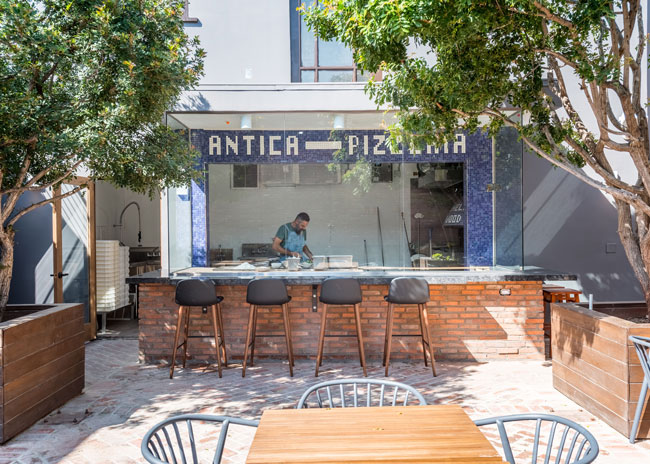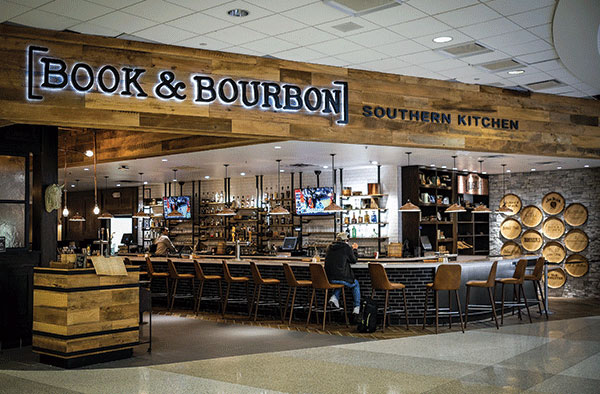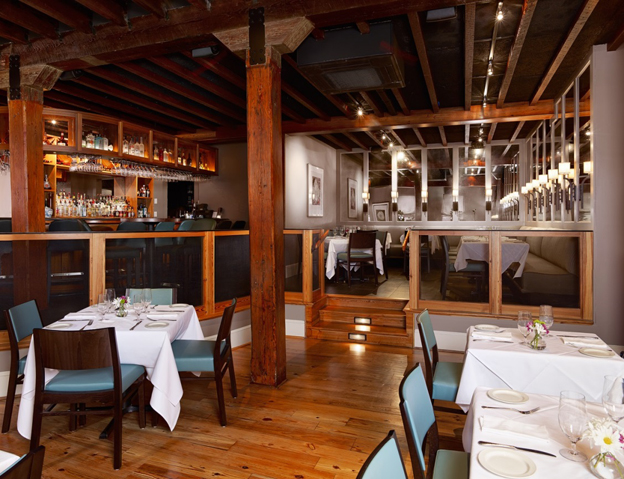As product options and providers increase across the globe, narrowing down restaurant furniture can be difficult. Procurement can be even more difficult, particularly as globalization continues to open doors to new opportunities and to new challenges.
For the purpose of this article we focus on seating, one of the most imported furniture products in the country. It also is one of the most essential, practical parts of restaurant interior design. However, ensuring that you have all of the right seating in time for opening day can be a huge pain in the you-know-what. Here are a few practices you can take to minimize stress and complications when trying to get the best product into your concept seamlessly and cost-effectively.
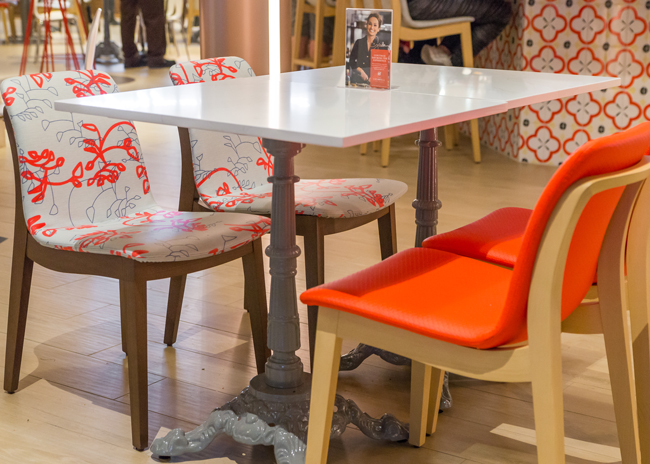
- Make sure expectations are clear. You should have a clear understanding of what your budget and concept means for your furniture selection. We categorize seating in terms of the amount of time a guest is intended to sit in the chair (i.e. full-service dining restaurants usually use 45 – 90 minute chairs; whereas fast casual restaurants typically look for 30-45 minute options. If you’re used to “45-minute chair” prices in your casual dining concept, it’s important to note that you’ll need to pay more for a “90-minute chair” that’s suitable for a fine dining experience. Cost often correlates with average time spent in a chair, so it’s important to know how long the average customer will sit. QSR’s typically have a higher volume of shorter seat times, making comfort less important than durability.
- Look for properly rated products. BIFMA (The Business and Institutional Furniture Manufacturers Association) is a non-profit organization that sets safety and performance standards for commercial furniture products. It runs stability, durability and safety tests on products from different manufacturers and uses scientifically-backed standards to rate each product. It can be challenging to differentiate between good, better and best quality products by looking at a catalog, despite the huge differences between them and their relative prices. Looking for BIFMA certifications not only provides direction but can also shift liability from you to the manufacturer if the product malfunctions. Although it may increase the cost, BIFMA-rated products are recommended for sustainability in the long run and the higher the rating, the more weight it is designed to support and the more durable it is.
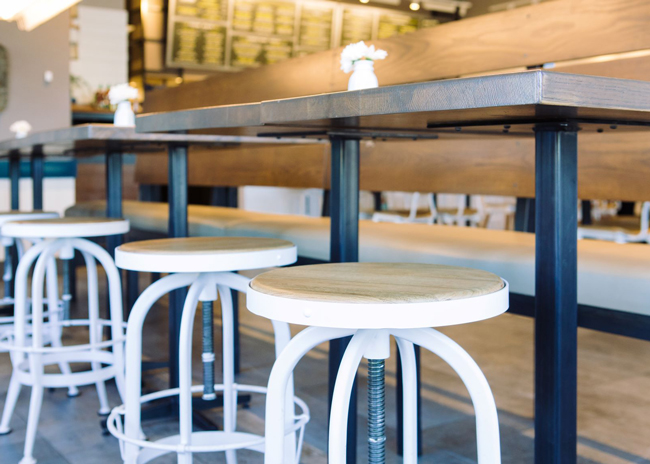
You can also follow this old rule of thumb. If you are looking at wood chairs or stools and have physical sample, you can self-evaluate by looking at its number of mechanical fasteners (i.e. screws, bolts, brackets, etc.). The fewer mechanical fasteners, the higher the quality. When the joints are all wood, the chair is more likely to flex under pressure rather than break.
- Communication is key. Communication also is essential to mastering the lead time between ordering and receiving your furniture. This includes doing your research to see how long vendors will hold items, how much notice they need before placing an order and making storage arrangements for the products if they arrive before construction is completed. One way we deal with this is to always include specifications for about how and where the General Contractor should store the furniture should it arrives early. This is particularly important in today’s age of globalization, where shipping times can often be unpredictable (foreign countries, typhoons, etc.). Ideally, you want to work it out so that the furniture arrives once the restaurant is ready for it – but this is rarely reality. Therefore, clear communication about when the furniture is needed, how long it takes to ship, how far in advance to make the order and whether you need housing accommodations will help save you from overpaying for air freight or sacrificing design for quick-ship options. Using a purchasing agent or ensuring that your designer can act as a purchasing agent and is familiar with these issues can often save you a lot of money and pain in the you-know-what.
Steve Starr, president of starrdesign in Charlotte, N.C., is a nationally recognized leader in restaurant and retail design. While his insight and expertise span the hospitality industry, his focus is on branding, consumer behavior and the development process.
Do you have a problem? Would you like three solutions?


